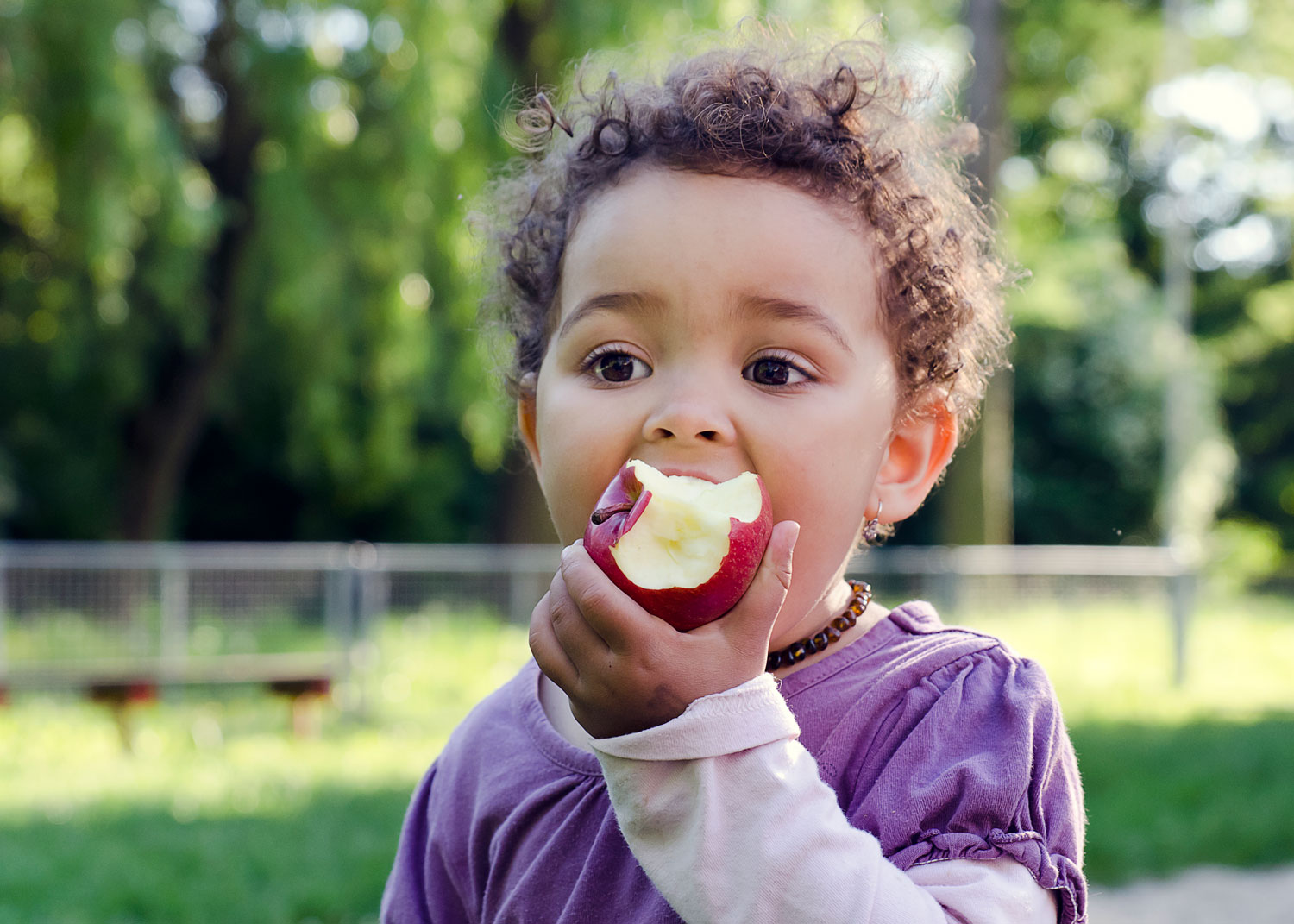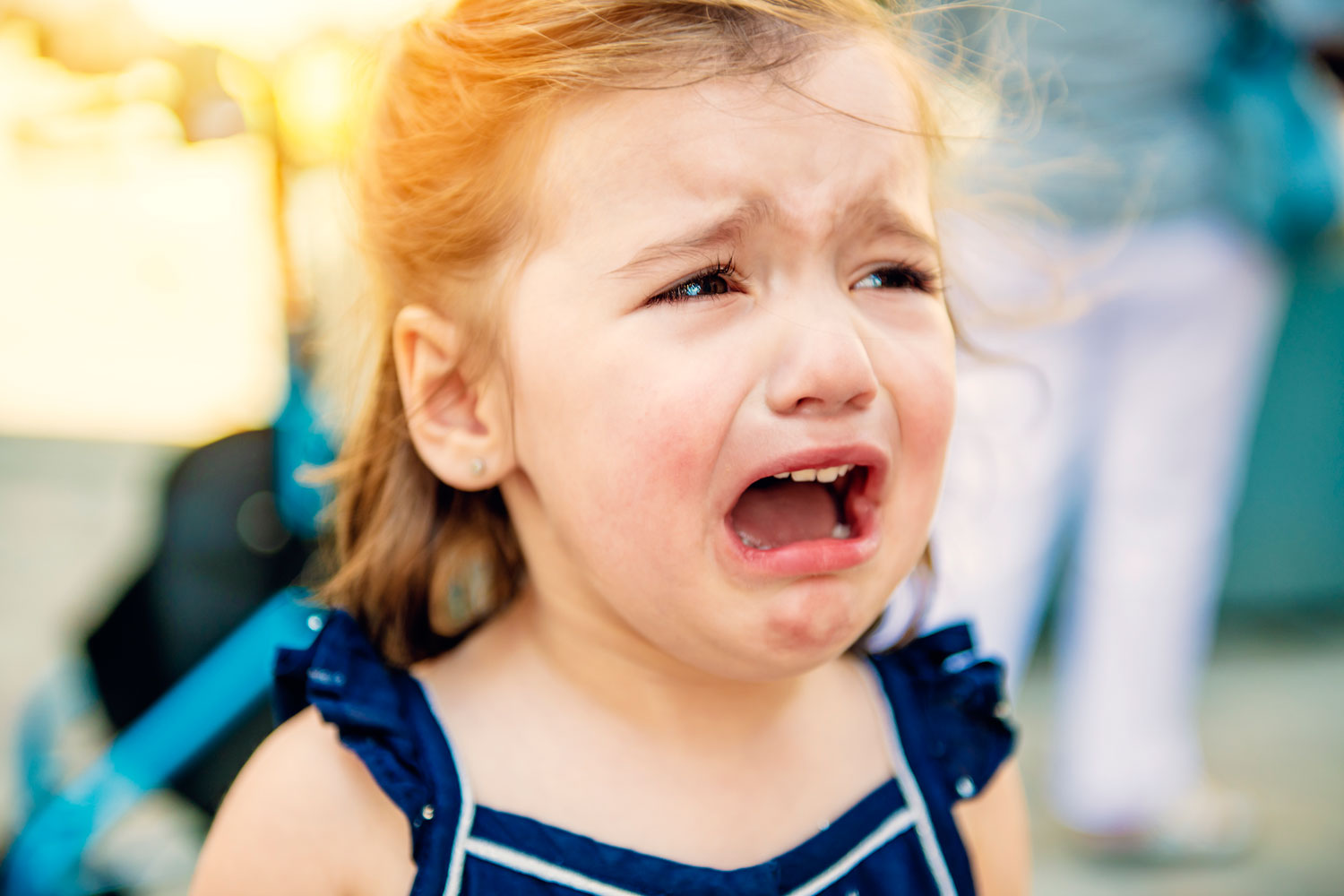Despite the current freezing temperatures, spring is coming soon! At this point we are all looking forward to the warmer weather, more time outdoors, and blooming flowers! But for kids with spring allergies it can also mean annoying and uncomfortable allergy symptoms. Spring allergies are very common, affecting up to 10-15% of people. So, this seems like a good time to go over a few basics about spring allergies.
Kids with spring allergies can have one or more of the following symptoms:
– Ocular (eye) symptoms: itchiness, tearing, irritation, puffy eyelids, or dark circles under the eyes (allergic shiners)
– Nasal (nose) symptoms: nasal congestion, clear runny nose, sniffles, itchy nose, and sneezing
– Throat symptoms: scratchy throat, cough from post-nasal drip
– Other: kids with severe or prolonged allergy symptoms can have trouble sleeping due to congestion or cough. Sometimes this contributes to feeling tired during the day. Severe symptoms can also make it hard to focus at school.
The most common allergens in the springtime are pollens (from trees, grasses, weeds) and outdoor molds. In kids with allergies, the body reacts to these triggers and causes inflammation that creates the allergy symptoms. Usually the body has to be exposed to these triggers for 1-2 seasons before starting to react. That’s why seasonal allergies are less common for infants and very young toddlers. Allergies tend to occur more often in kids whose parents or siblings also have allergies. The diagnosis of spring allergies is usually clinical, meaning no special testing is necessary.
If your child has spring allergies, there are several things we can do to help him or her have an enjoyable spring. Environmental modifications (avoiding the trigger) can be helpful to a certain extent, but of course we don’t want kids to stay indoors all spring! Some options include:
- Keep the car and home windows closed to keep pollen out.
- Avoid outdoor activities in the very early morning as pollen counts are usually highest at this time.
- Use air filters or purifiers in the home.
- Have the child take a shower and wash hair before bed to wash off the pollen that may have accumulated during the day.
- Avoid having pets sleep in the child’s bedroom, as furry family members tend to carry in the pollen from outdoors.
- Older kids and teenagers may also try sinus rinses to relieve mucus build up.
If your child has a history of spring allergies or if this is the first spring that they are having trouble (that can happen in older kids, too!), there are several options for non-drowsy, safe medications that can alleviate symptoms. If the spring allergy diagnosis has already been established, then the best time to restart your child’s allergy medication regimen is right before the spring season begins.
Common allergy medications include:
– Antihistamines: The long-acting non-sedating medications (ClaritinR, ZyrtecR, AllegraR) work the best for control of the symptoms through the season. These should be taken daily. Although they are similar, sometimes one of these medications works better than another for an individual. A short-acting antihistamines like BenadrylR provides quick but temporary relief. This are not for daily use and can cause drowsiness.
– Nasal sprays: These are topical steroids (FlonaseR, NasonexR) that work by directly targeting the immune response in the nose. Unlike decongestant sprays, these sprays are safe for long term use.
– Antihistamine eye drops: These target allergies with predominantly eye symptoms.
Allergy medications work best when they are used consistently rather than as needed. The inflammation from uncontrolled allergy symptoms can be a set up for infection. It can also trigger asthma symptoms in children with underlying asthma.
Whether you suspect that your child might have spring allergies, or know that they do but are having trouble controlling their symptoms, we are available to evaluate them and form a plan.
Happy Spring!
Dr. Kasbekar




